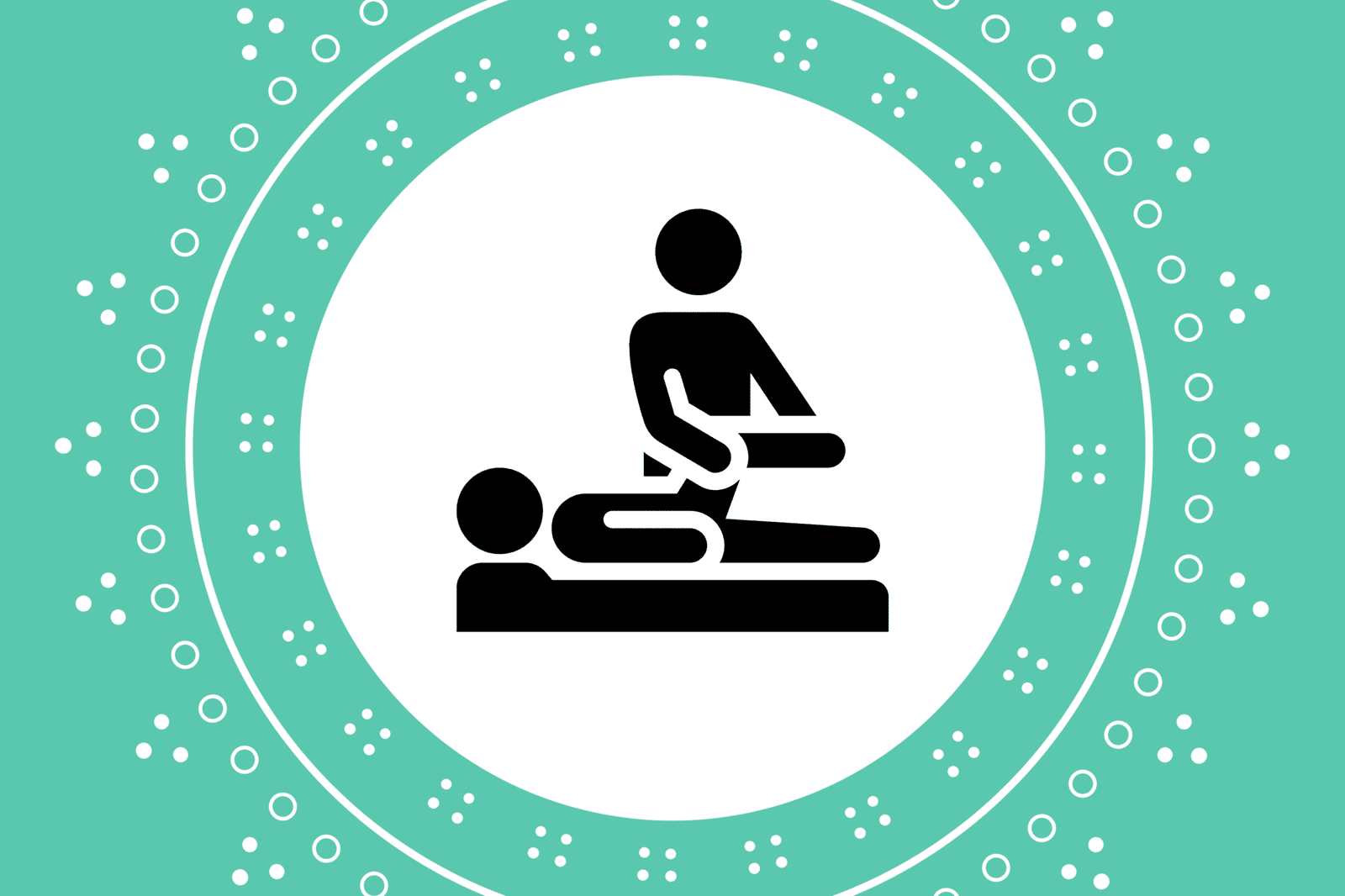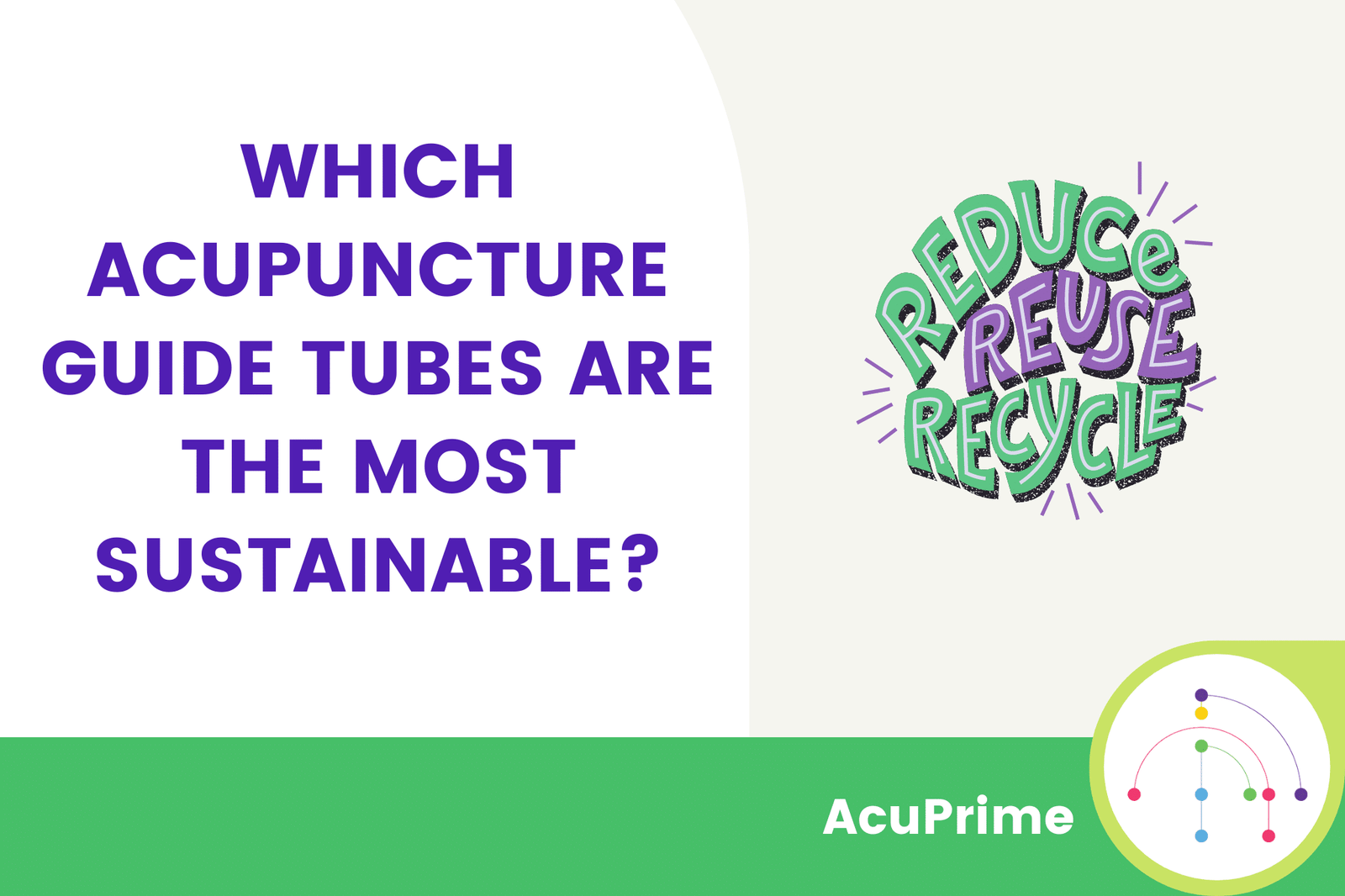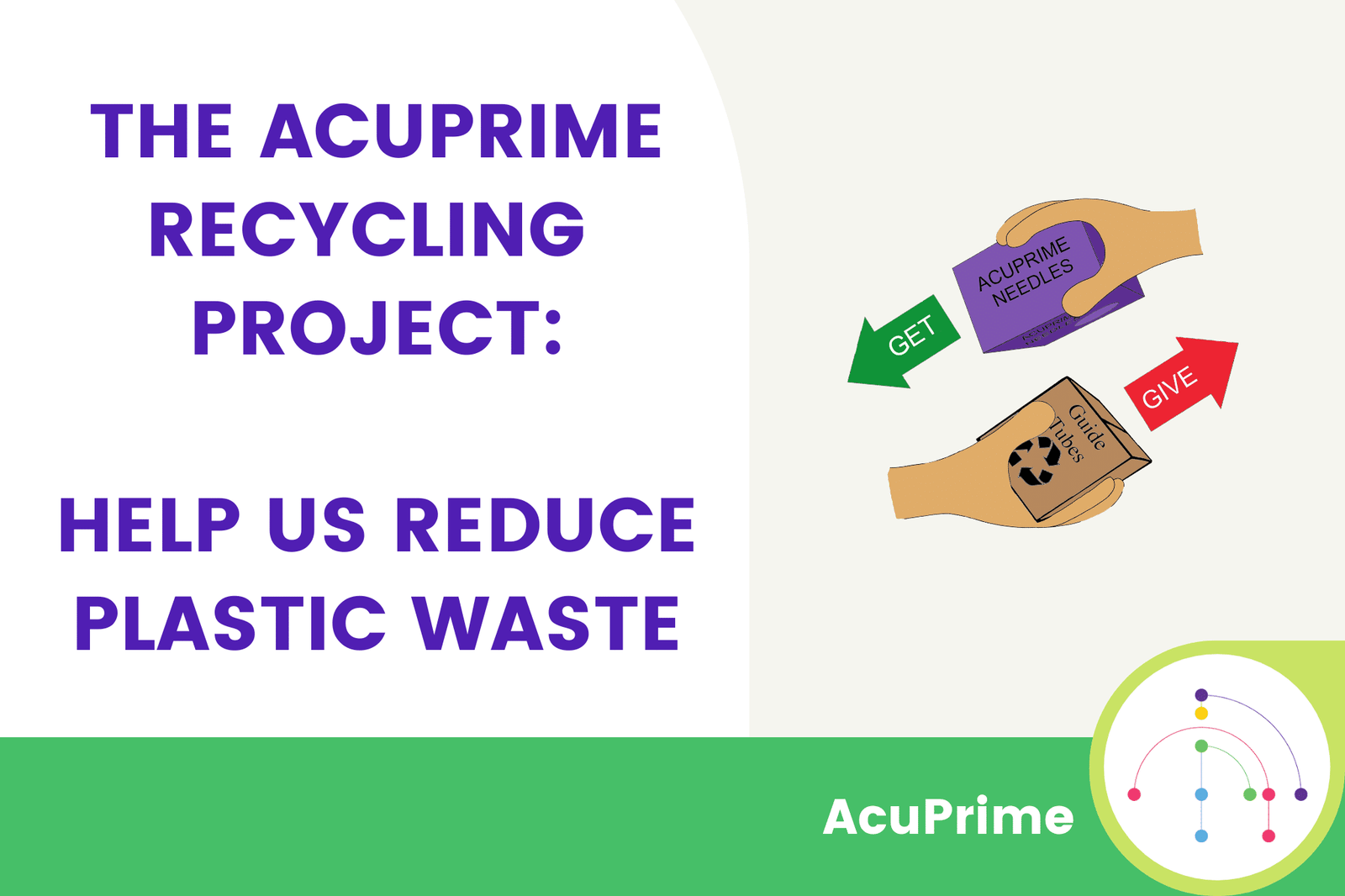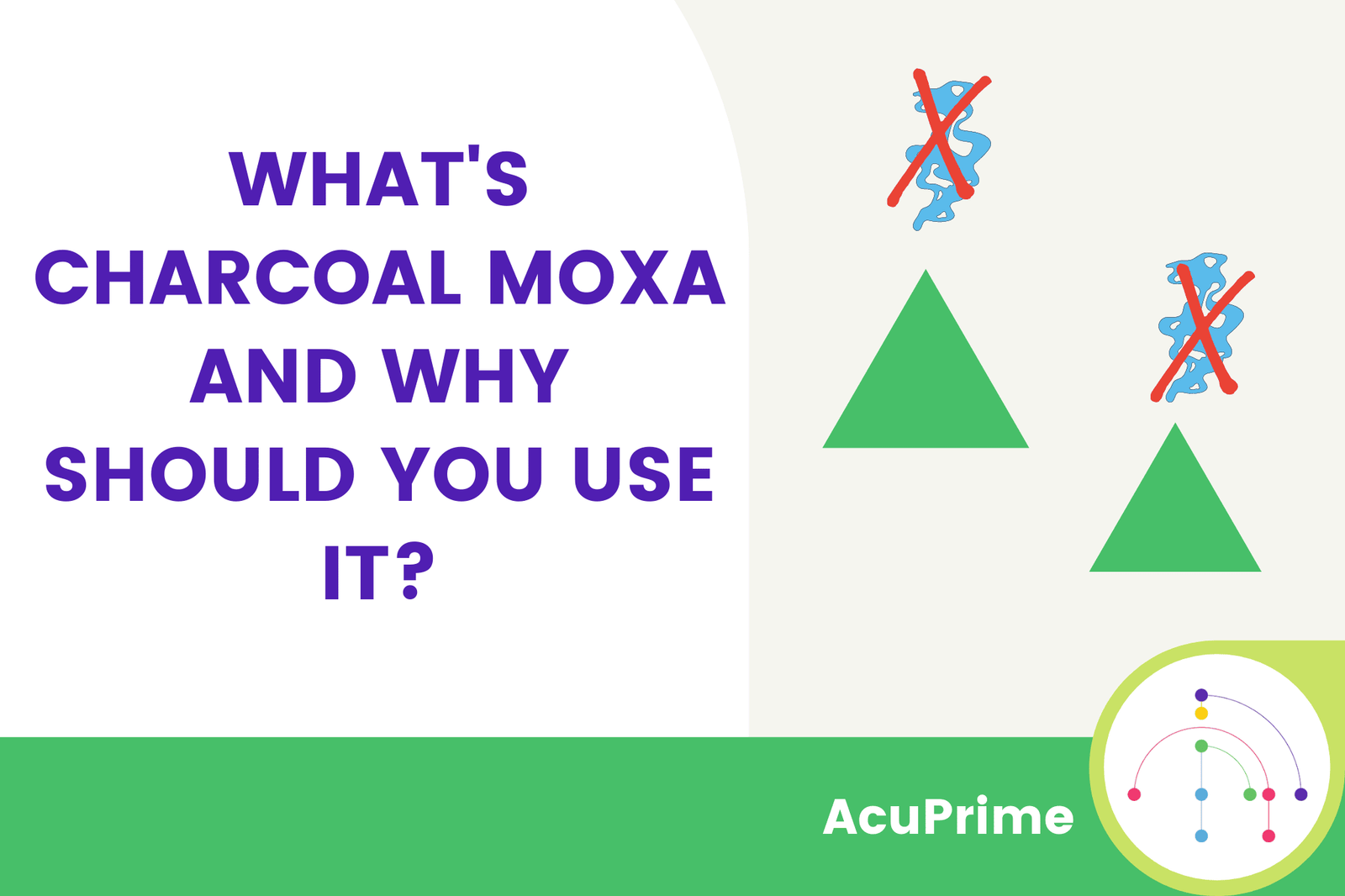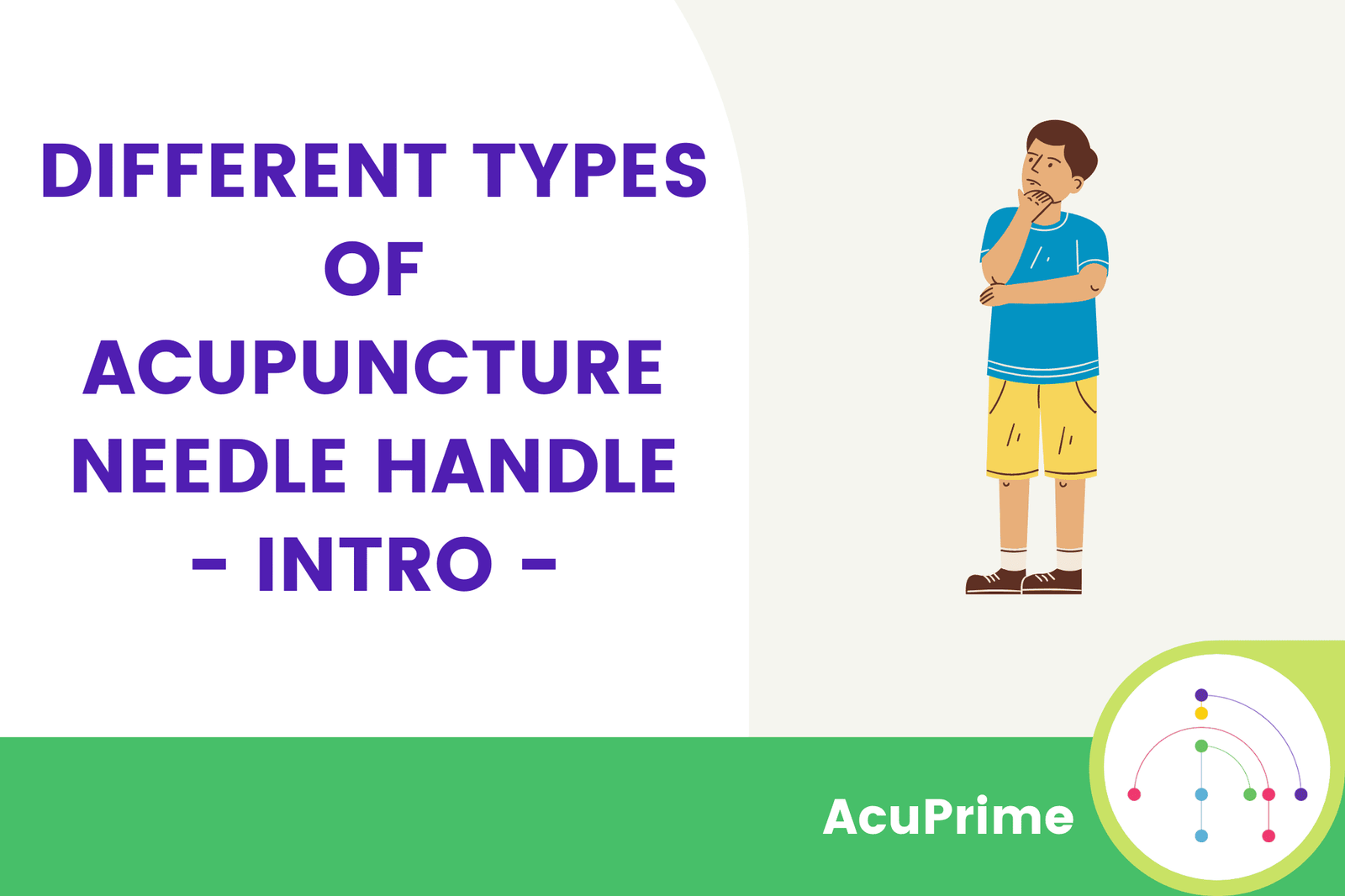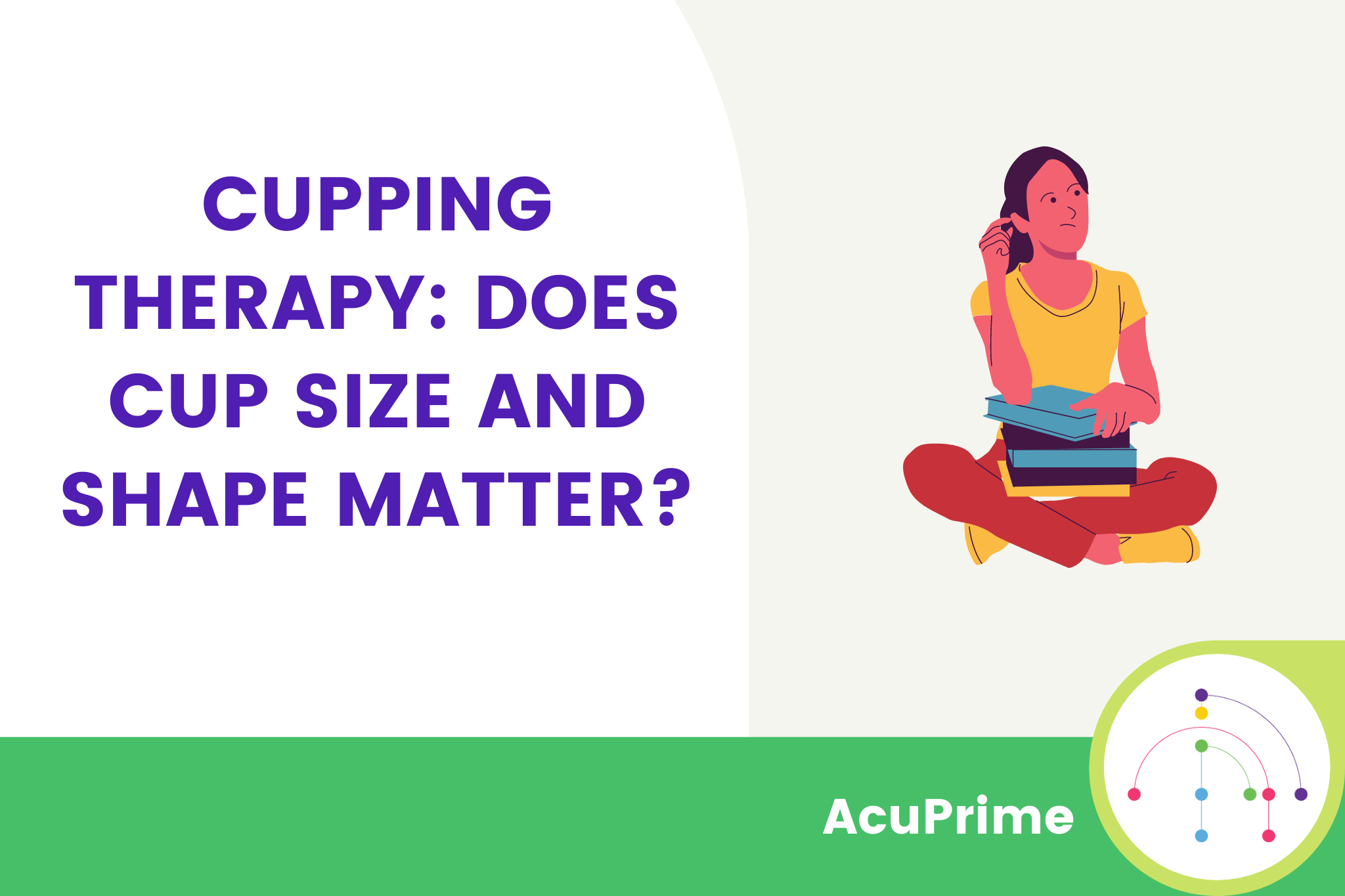We took a look at the Google trends charts for the terms ‘myofascial release’ and ‘foam roller’ and how often they’ve been searched for over the last 16 years. The results? Big uptick. Myofascial release has experienced a steady increase in interest while foam rollers experienced a large rise between 2009 and 2015 and interest continued building ever since.
While the term ‘myofascial release’ is still on the outskirts of the general public’s knowledge, foam rollers have certainly entered the public consciousness, perhaps thanks to their direct usability and results, rather than the knowledge-based enquiry of the science behind it.
The problem comes when you get enthusiastic clients who’ve read about foam rolling but don’t understand how to safely and effectively undertake it. And that’s where you come in.
When you work in the exercise, fitness and physical therapy spheres, you face a lot of half-knowledge from your clients. Many people who care a lot about their physical health read about the latest fitness trends, sometimes complicating their own knowledge. By the time they come to you full of questions, they might know the terms but not the reality.
Foam rolling has become incredibly popular with fitness magazines recommending it and high streets shops selling the tools. If you’re not up to date with this big talking point, we’re here to give you a simple guide to the basics so when your clients come asking, you’ll know what they’re on about.
So, What is the Fascia?
The fascia is a body-wide system of connective tissue that is wrapped around almost every organ, muscle and other structure in the body. It helps to hold groups of muscles and organs together and generally aids the stable structure of the internal body. A thin, fibrous, sheet-like tissue, the fascia essentially connects everything together and yet has been considerably under-studied for much of medical history.
Long thought of as passive, the fascia is now thought to have a significant impact upon the correct functioning of movement and range of motion throughout the body. Injury or tension in the fascia may have a knock-on effect on not just the skeletal muscles in the immediate area but perhaps muscles all around the body.
Made from collagen fibres, the fascia is phenomenally strong and tough. Its structure is like woven candyfloss, y’know, if candy floss had the durability of Kevlar. If you’ve ever cut up a chicken breast, you’ll have come across fascia as the tough, white membrane wrapped around the muscle.
What’s Myofascial Release?
Researchers are studying fascia in accordance with all sorts of specialisms, from sports injury to ‘blocked’ channels, similar to the Traditional Chinese Medicine theories behind qi, or energy flow. In yin yoga, for instance, it’s believed that damaged fascia blocks energy and causes issues all over the body. By releasing this tension or blockage, the fascia and overall health will be restored.
In western medicine, there’s an increasing body of research looking at how the fascia interacts with muscles and other parts of the body, and how damage to it may affect health.
It’s theorised that the fascia can get stuck or become stiff, causing pain and poor movement in affected muscles. By using myofascial release techniques, you can work to release this pain and discomfort.
Foam rolling is a key part of myofascial release treatments as rollers and balls can target specific areas or large sections of fascia with just bodyweight. A form of deep tissue massage, foam rolling treads a fine line between pain and relief and can help many people suffering from tense muscles and muscular pain.
Tension in the fascia is also thought to refer pain to other parts of the body, often making it hard to work out where the original tension is. Because of this, many clients may come to you complaining of tension after working on the wrong muscle groups to alleviate discomfort.
How Does Foam Rolling Help?
Foam rolling has been specifically developed to release muscle and myofascial tension although the activity has limited evidence of effectiveness and is still in the fairly early stages of being studied. Nevertheless, foam rollers have become extremely popular with professional athletes, physiotherapists and laypeople the world over.
By positioning the foam roller against the target soft tissue and applying bodyweight while rolling it, significant massage occurs, thereby releasing the fascia. Sometimes this may take some time and need working on the trigger point multiple times to enable the fascia and muscle to move smoothly again.
As trigger points are, by default, quite sensitive, foam rolling can be very painful.
Many people engage in self-myofascial release using foam rollers with varying degrees of success. This is because muscles are complex and the tightness could be from a variety of causes. As a result, it’s best for clients to consult qualified practitioners and experts in myofascial release.
How to Engage with Myofascial Release
If you’re new to myofascial release but have an interest in sports therapy and exercise physiology, it’s certainly a growing area of research and has huge appeal to both amateur and professional athletes.
You can take training courses in myofascial release, to complement your existing speciality and get to know this complex but potentially incredibly beneficial area of physical therapy. By gaining knowledge in myofascial release, you can go on to help your clients and even teach remotely.
Need foam rollers to get started? Check out our range or read our blog on massage balls which can target trigger points too.

